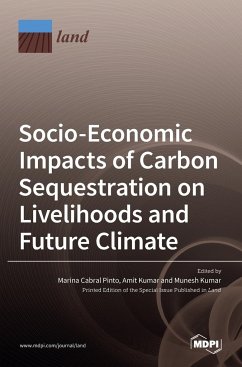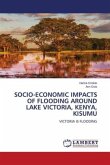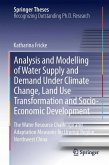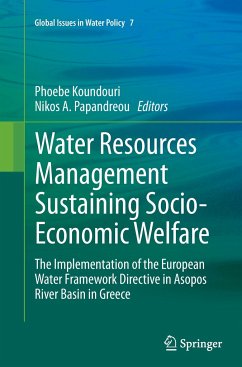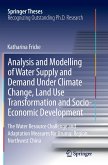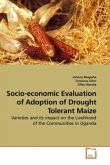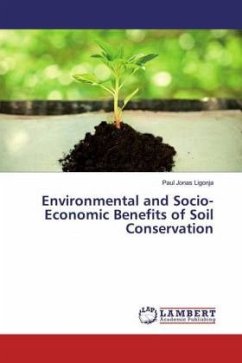In the modern era of industrial revolution, urbanization, and deforestation of forest land, carbon (C) sequestration through well-known activities called "land use, land-use change and forestry (LULUCF)" could establish a win-win situation from a climate change and sustainable development perspective. Equally important are the socio-economic co-benefits of C sequestration, given their implications on properly designed policies, especially on restoration and/or conservation of forests located in the tropical eco-regions. Further, the huge contribution of C sequestered in the vegetation and its underlain soil helps to protect socio-economic damages from climate change. This book explores the C sequestration of vegetation and its underlying soil, deforestation, as well as its impact on climate change, a vulnerability risk assessment for the climate, socio-economic impacts, and the mitigation of future climate impact strategies. The theme of the book extends across environmental policy (e.g., the Paris Agreement and REDD+), C sequestration in the terrestrial ecosystems, the applicability of land use, and the C credit generated at regional and global scales. This book is highly useful for environmentalists, hydrologists, soil scientists, and policymakers to understand the C sequestration potential of the vegetation and underlying soil in the terrestrial ecosystems at the regional, national and global scale to further study the long-term impacts on socio-economic development resulting from its implementation via climate change modeling.

